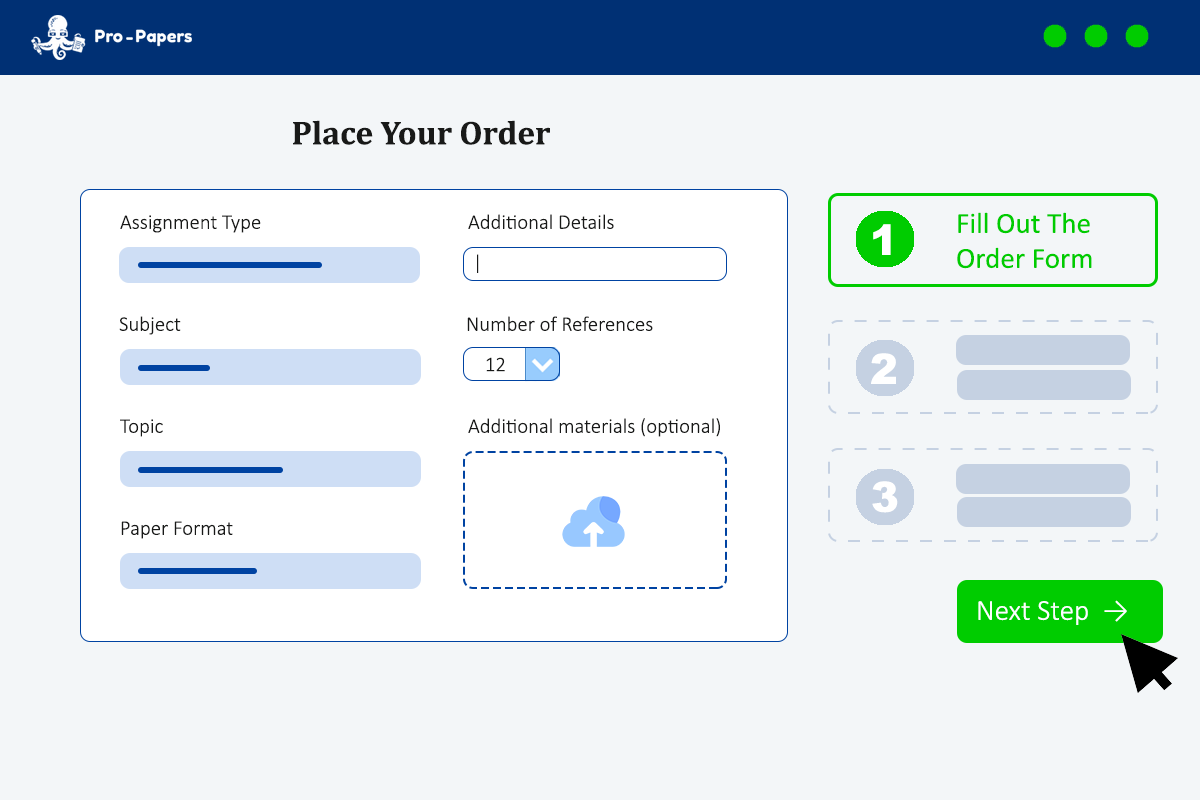Our world is changing dramatically, largely due to human activities causing climate change. This climate change seriously affects almost every part of our planet's ecosystem. Pay attention to the impact of climate change on biodiversity, which means the diversity of life in a specific ecosystem or on the whole planet.
Biodiversity is essential for our global ecosystem—it boosts the efficiency of ecosystems, stimulates agricultural growth, and brings many medicinal and economic benefits, among others. But our changing climate threatens this delicate balance. Every creature, from tiny microorganisms to large mammals, plays a vital role in maintaining the balance of their ecosystem. If we lose or significantly reduce one species, it can trigger a domino effect on many others and destabilize whole ecosystems.
The Scientific Foundations of Climate Change
Climate change science has a surprisingly long history. The basic idea of global warming dates back to 1824 when French physicist Joseph Fourier calculated that Earth should be much colder than it actually is, considering its distance from the sun. He suggested that our planet's atmosphere must retain some heat, a concept later called the "greenhouse effect." Then in 1896, Swedish scientist Svante Arrhenius was the first to link CO2 emissions to increased global temperatures. It wasn't until the 1950s that scientists could accurately measure the increasing levels of carbon dioxide in the atmosphere.
Understanding the Greenhouse Effect and its Impact on Climate Change
This process is essential for life as it keeps the Earth warm. But man-made activities have caused an increase in these gases, intensifying this effect and causing global warming and climate change. Climate change strongly affects all living things. Changes in temperature and rainfall can change habitats, forcing species to move or even die out. Extreme weather can also instantly kill off large groups of animals and plants. Climate change can even change when natural events like blooming and migration happen. Changes in these events can cause problems in ecosystems, like disrupting food sources and threatening species survival.
Analyzing the Role of Human Activity in Accelerating Climate Change
Mostly through burning things like oil, coal, and gas, and cutting down forests, we release lots of carbon dioxide. This increases the greenhouse effect and causes the world to heat up. This quick climate change disturbs nature's balance, changing where certain species live and when certain things happen in nature. Species that can't adapt or move quickly enough risk dying out, which lowers biodiversity. Also, things people do, like building more industry and cities, lead to less natural habitats, a main reason for less biodiversity.
Understanding Biodiversity: Definitions and Importance
It's the sum of all living creatures and the differences between them. Keep in mind, biodiversity is important because it keeps the environment healthy, it gives us useful resources, and it adds to our cultural, spiritual, and recreational lives. Climate change, especially increasing global temperatures, is a big risk to biodiversity. As the weather changes, it disrupts nature's balance. Temperature shifts can mess up the usual patterns of various species, like when a plant blooms or when an animal hibernates. These disruptions can cause problems throughout an ecosystem, affecting multiple species and potentially reducing biodiversity.
Some species may not be able to adjust quickly enough to these changes and could die out, lessening biodiversity. For instance, if a flower blossoms earlier because of warmer springs, and the insect that pollinates it can't adjust, both could suffer. The flower might not reproduce as much, and the insect might face food shortages. Hotter climates are forcing habitats to move. Species used to colder climates, like polar bears or snow leopards, are losing their homes to melting ice or increasing warmth. As their homes disappear, so do they, causing another drop in biodiversity.
The Interconnections between Climate Change and Biodiversity
Biodiversity is the variety of life on Earth, shaped by natural processes and human actions. Climate change is the long-term change in the atmosphere, mainly due to humans cutting down forests and releasing carbon. Climate change and biodiversity influence each other significantly. When temperatures rise, they change the physical features of ecosystems, forcing species to quickly adapt or move to better conditions.
Unfortunately, rapid human-caused climate change is too fast for many species to adjust, causing some to decrease in numbers or die out. For example, the polar bear is at risk because of melting Arctic ice, caused by global warming. Meanwhile, biodiversity can help slow down climate change. Ecosystems with a lot of variety can capture and store a lot of carbon, which reduces the amount of heat-trapping gases in the atmosphere. Healthy forests, for example, absorb carbon dioxide produced by human activities. In the Arctic, losing ice means less sunlight is reflected into space, and the darker water absorbs more heat, speeding up global warming. Climate change impacts biodiversity by quickly changing ecosystems and threatening species everywhere.
Impacts of Climate Change on Terrestrial Biodiversity
A variety of life forms means a healthier and balanced environment with good nutrient circulation and healthy species. But global warming lessens this variety and causes harm. Pay attention to changes in where species live. Rising temperatures force species used to cooler weather to move to colder areas or die out. This throws off the balance, with some species growing too large in number and others nearing extinction. Non-native species also start to invade, harming local life forms. Climate change makes spring come faster. This messes up the usual timing of migrations, sleep cycles, and breeding for many species.
As a result, predators might not be able to find prey, as seen when birds reach breeding areas after their food has been plentiful. Also, increased carbon dioxide levels in the air heat up and acidify oceans, killing coral and sea life. On land, this changes how plants grow and can lessen the nutritional quality for plant-eating animals. In forests, hotter temperatures and changing rain patterns increase fires and pests, which shrinks habitats, separates populations, and affects genetic diversity among species. To conclude, climate change deeply affects life on land, changing where species live, their routines, and their habitats.
Impacts of Climate Change on Aquatic Biodiversity
It changes the finely balanced ecosystems that are home to different water species. As the earth gets hotter, our sea levels rise, and the water gets warmer. These changes are harmful to many water species, especially those living in coral reefs. Warm water causes coral to bleach and can kill coral over time, which reduces the living space for reef inhabitants. Make sure to pay attention to rising ocean acidity, caused by more carbon-dioxide absorption. This acidity hurts creatures with calcium shells and skeletons, ranging from tiny plankton to big shellfish. It reduces their ability to form their protective calcium carbonate shell. Since plankton are the start of many water food chains, any impact on them will affect the entire ecosystem and lead to significant loss of biodiversity.
Climate change also changes where species are found in different water systems. As water heats up, many species move towards colder waters, which can upset local ecosystems. It's possible for tougher species to outcompete local ones, leading to less biodiversity. Changes in rain patterns can affect freshwater systems too. This could lead to more regular severe floods or droughts. These changes can dramatically affect the variety of life in rivers, lakes, and other freshwater habitats as they disturb life cycle patterns and alter survival rates of water species. Polar ice caps are melting quickly due to climate change. This melt threatens polar water life, like penguins, seals, and polar bears who need ice to find food and breeding places. Climate change poses a varied threat to water life.
Case Studies: Specific Instances of Climate Change Influencing Biodiversity
It's important to know about this to keep our ecosystem balanced and healthy. Take action by seeing first-hand how climate change hurts various regions. Arctic ice is melting fast because of global warming, making life tough for polar bears and seals who need that ice for hunting and living. Because there's less ice, there are fewer of these species, which can mess up the balance of life in the Arctic. Hot places like the tropics are also feeling the effects. Warm temperatures and unusual rain patterns are hurting the balance of life in rainforests. More trees are dying because of the heat, changing the forest. Species that can't deal with these changes, like the Golden Toad in Costa Rica, may even disappear completely because of diseases brought on by climate changes.
Our oceans are also suffering because of climate change. Warmer, more acidic waters are destroying coral reefs that host a lot of marine life. Australia's Great Barrier Reef has lost a lot of corals due to overheated waters, which also means fewer species that rely on corals to survive. Extreme weather, like droughts and floods, brought on by climate change, can quickly change where species can live.
Summary
Shifts in temperature, rainfall, and the rise in extreme weather events pose a direct threat to various species all over the world. Many species may find it hard to adapt to these severe changes and might die out, causing a drop in biodiversity. This decrease affects not just the animals, but also us humans. Our survival and welfare are deeply connected to having a variety of species available. We must take action now to lessen the impact of global warming and climate change. This can be done by taking steps like protecting wildlife, saving their habitats, and, most importantly, cutting down on the production of greenhouse gases.







